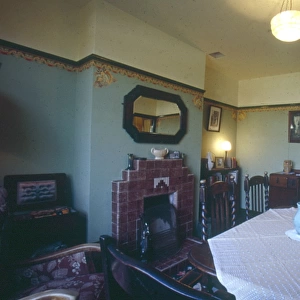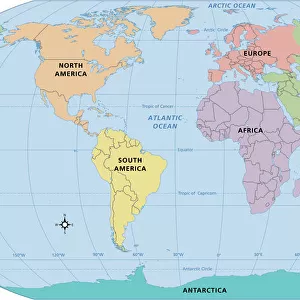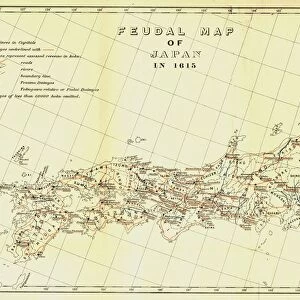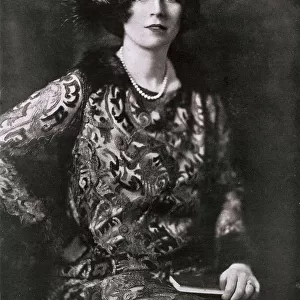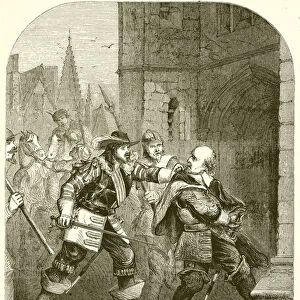Pre-Columbian art. Monolith at the entrance of the National
![]()

Wall Art and Photo Gifts from Mary Evans Picture Library
Pre-Columbian art. Monolith at the entrance of the National
Pre-Columbian art. Aztec. Tlaloc. Nahua deity, lord of the land and the god of rain. Monolith at the entrance of the National Museum of Anthropology. Mexico City. Mexico
Mary Evans Picture Library makes available wonderful images created for people to enjoy over the centuries
Media ID 14319538
© Thaliastock / Mary Evans
Anthropology Aztec Deity Divinity Latin Mexican Mexico Monolith Pre Columbian Rain Vegetation Tlaloc
EDITORS COMMENTS
This monolith, standing proudly at the entrance of Mexico City's National Museum of Anthropology, is a testament to the rich cultural heritage of the Pre-Columbian civilizations, specifically the Aztecs and the Nahua people. The monolith, adorned with intricate carvings, represents Tlaloc, the Aztec deity and divinity of the land and the god of rain. Tlaloc's image is depicted as a bearded man with a large, round belly, wearing a headdress adorned with feathers and a serpent, and holding a gourd rattle and a tree or a water jug. The monolith's intricate design showcases Tlaloc's association with vegetation, water, and fertility. The carvings on the monolith depict various symbols of rain, such as clouds, lightning bolts, and water droplets, emphasizing Tlaloc's role as the god of rain. The monolith's base is also adorned with intricate vegetation designs, symbolizing the importance of agriculture in the Aztec and Nahua cultures. The monolith's placement at the entrance of the National Museum of Anthropology serves as a powerful reminder of Mexico's rich Pre-Columbian history and the significance of its indigenous cultures. The monolith's intricate design and historical importance make it a must-see attraction for visitors to Mexico City and a source of pride for the Mexican people. This image captures the essence of Pre-Columbian art, showcasing the intricate detail, symbolism, and cultural significance that define this unique and fascinating period in Latin American history.
MADE IN THE USA
Safe Shipping with 30 Day Money Back Guarantee
FREE PERSONALISATION*
We are proud to offer a range of customisation features including Personalised Captions, Color Filters and Picture Zoom Tools
SECURE PAYMENTS
We happily accept a wide range of payment options so you can pay for the things you need in the way that is most convenient for you
* Options may vary by product and licensing agreement. Zoomed Pictures can be adjusted in the Cart.



